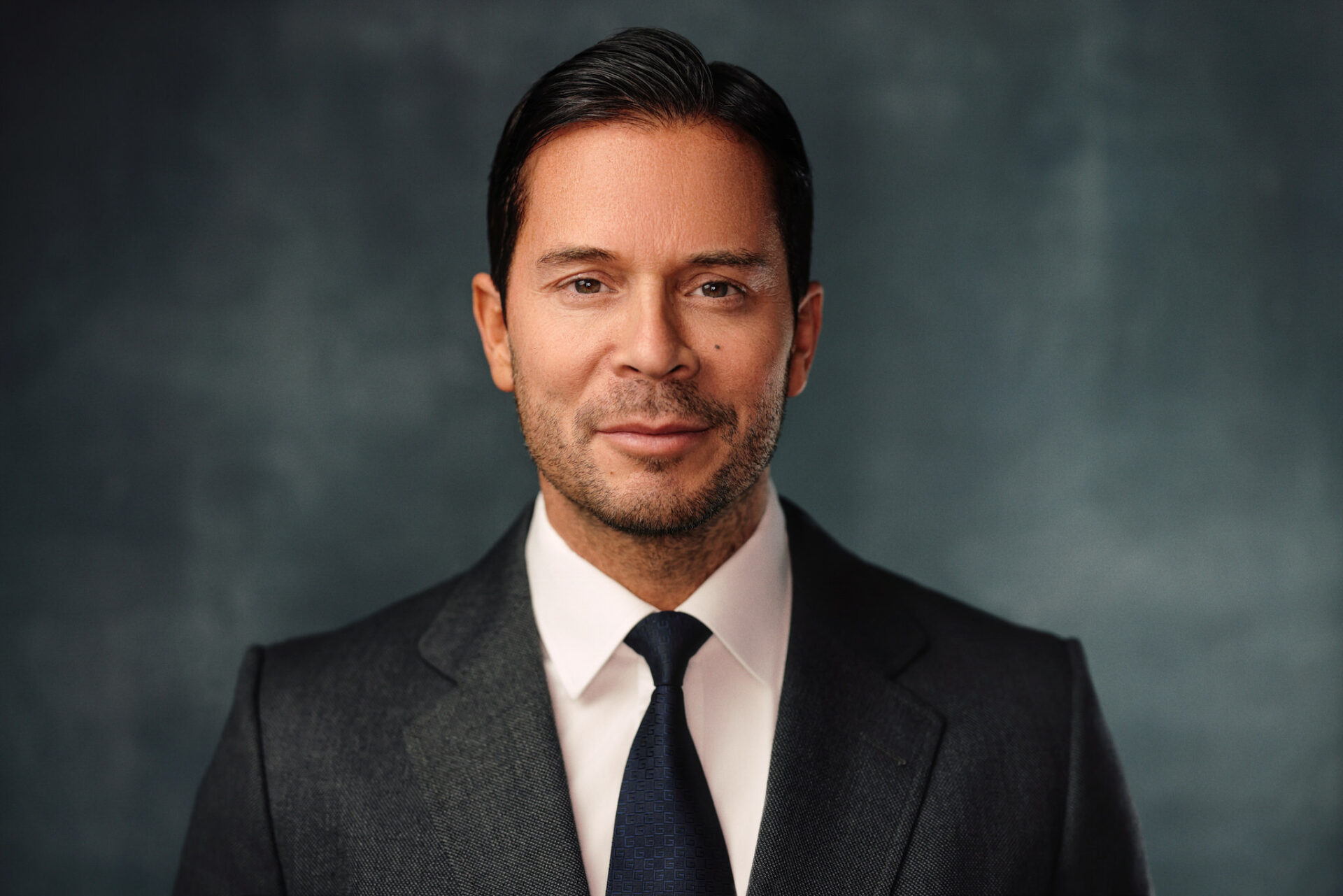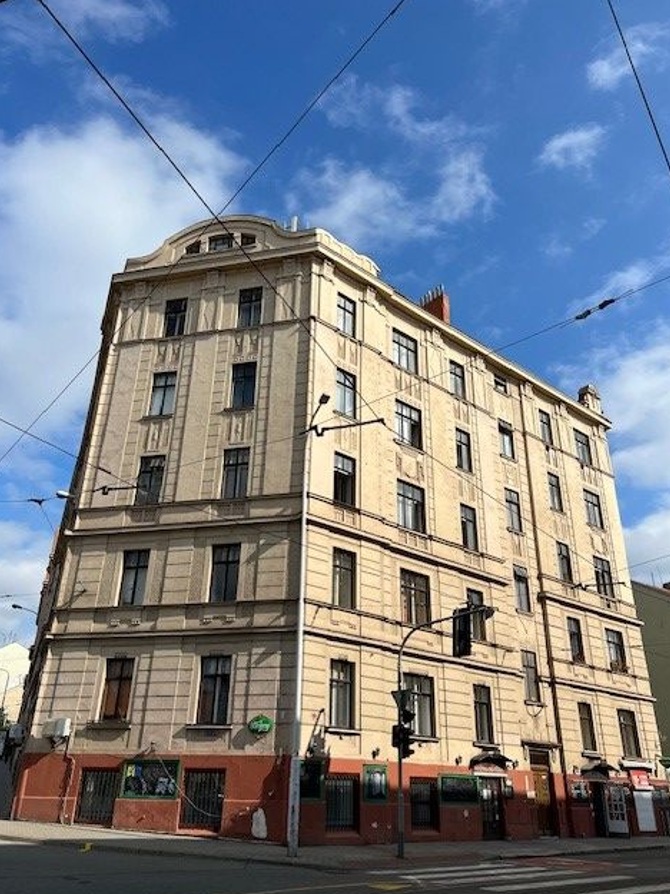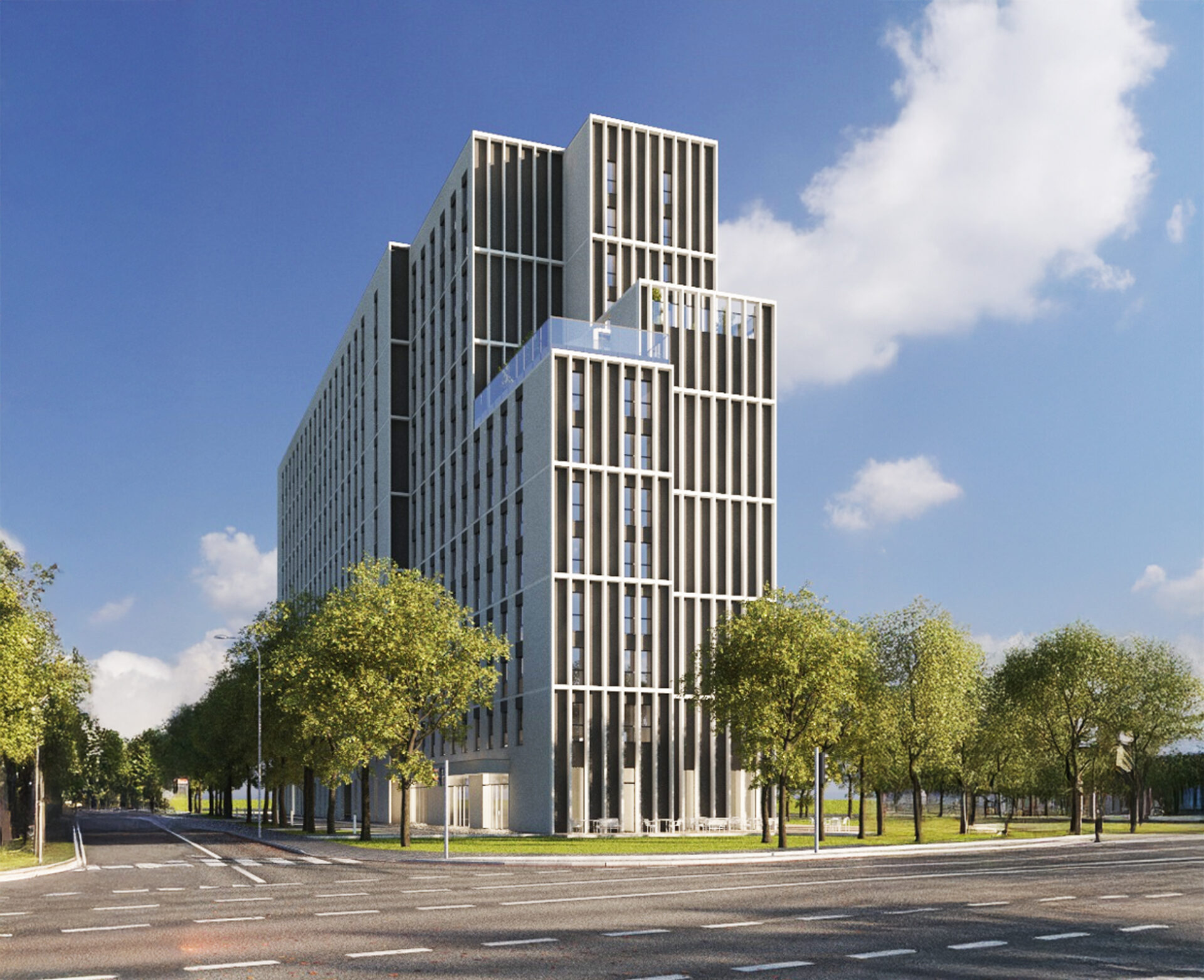Some €465 million was invested in commercial property in the Czech Republic in Q2 2024. A full 77 percent of this volume came from local investors. Prime yields remained unchanged compared to the previous quarter, with office properties attracting the most investors. The gap between offer and final prices is narrowing, which should help transaction activity for the rest of 2024, according to the regular quarterly office market survey published by Colliers.
At the beginning of the year, investors from the CEE region dominated the scene in Q2, contributing 77 percent of capital. This was followed by investors from the MEA region (16 percent) and the Americas (6 percent). This trend is not surprising given that many European investors are currently in a holding pattern or focusing on Western markets; thus allowing local investors with plenty of spare capital to step in and in some cases even expand beyond their borders.
Q2’s largest transaction was the acquisition of Wenceslas Square 42, a historic office complex of nearly 40,000 sqm, for €140 million. This building owned by Komerční Banka was acquired by the City of Prague to serve as its new City Hall; with the move from its current location planned for around 2028. Other significant transactions included forward purchases of the BTR (Build-to-rent) portfolio of apartments in the Nová Elektra and Vysočanský Mlýn projects in Prague 9 by active investors AFI Europe and MINT Investments. In the industrial real estate sector, RSJ sold a fully leased 40,000 sqm warehouse near Chomutov to Patria with a yield at the current prime level.
In terms of sectors, offices attracted the most capital in the second quarter with 38 percent (€175 million), followed by residential (29 percent) and industrial (17 percent).
Prime yields are stable, the gap between offer and final prices is narrowing
“As far as benchmark yields on the Czech investment scene are concerned, we do not believe that recent investment transactions fully justify a further reduction in yields, which is why we have maintained the same position as in the first quarter,” says Josef Stanko, Head of Market Research at Colliers, adding: “Our view of prime office yields, therefore, stands at 5.50 percent with prime industrial properties yielding slightly higher at 5.25 percent. As for premium retail properties, the yield on prime shopping centre properties is 4.50 percent, shopping centre yields are 6.00 percent and prime retail parks yields stand at 6.25 percent.”
The good news is that the gap between bid and final prices is narrowing, which should help transaction activity for the rest of 2024. Another important factor is the future cost of debt financing. The ECB’s 25 basis point interest rate cut in June, albeit small, could help negotiations and help to better bridge the gap between buyers’ and sellers’ price perceptions.
Activity helps support the market
Although several geopolitical and economic threats remain, investor activity in the Czech market is ensuring that deals continue to be done; albeit in lower volumes than two to three years ago. Examples of deals under negotiation include Myslbek (a mixed-use building in a premium location in the centre of Prague) and the Atrium Flora shopping centre in Prague 3. Also noteworthy is activity in the hotel sector, where various investor groups are interested in Prague’s Four Seasons, Mandarin and Hilton hotels, among others. Given the lack of supply of rental housing in Prague, continued interest in build-to-rent (BTR) residential products can be expected.
In more traditional investment sectors such as office and retail, investors seem to be more inclined towards “Core+” and/or “Value-Add” opportunities. Whereas in the industrial real estate sector, deals have closed or will soon be announced that are at premium yields in terms of yields.
“Given Q1 and Q2 results, total investment volume in 2024 could exceed €1.4 billion if some of the larger transactions currently in play close during the second half of this year. So, even though the market situation is still complicated, there are indications that support cautious optimism,” concludes Josef Stanko.







